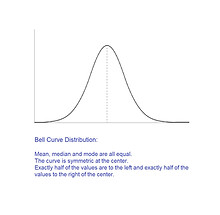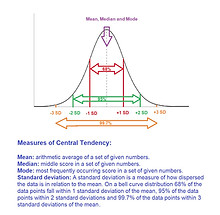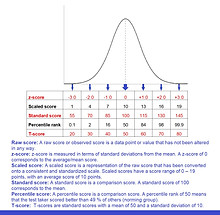
Application of Assessment Information for Children and Youth with Autism Spectrum Disorder

What are some elements of a comprehensive assessment?
A comprehensive assessment includes assessment of:
-
characteristics of ASD
-
social behavior
-
speech, language and communication
-
intellectual functioning
-
adaptive functioning
-
sensory functioning
-
motor functioning
-
academic functioning
-
comorbid psychiatric conditions
-
hearing and vision screening
How is a comprehensive assessment carried out?
A comprehensive assessment is a multi- or interdisciplinary process involving professionals like psychologists, social workers, speech language pathologists, occupational therapists, psychiatrists, developmental pediatricians, pediatric neurologists and teachers.
Information is gathered from various settings and sources utilizing tools such as:
What is a standardized assessment?
A "standardized assessment" is a test that is administered and scored in a consistent manner.
What are norm-referenced and criterion-referenced assessments?
Standardized assessments can be either norm-referenced or criterion referenced.
In a Norm-referenced assessment score of a test taker is compared to scores of a “norm group.” The norm group comprises of a statistically selected group of test-takers (e.g. students of similar age or grade level). The test taker is awarded scaled scores and percentile ranks.
In a Criterion-referenced assessment score of a test taker is compared to specific standards or criteria. The test taker is awarded marks, percentage or grades (e.g. 20 out of 50 or 40 %).
What are the terminologies used in interpreting test results?
(click the images to view details)

Bell Curve/Normal Distribution:
The bell curve distribution has more values near the center and fewer as you move away.
(Mean, median and mode are all equal)

Measures of Central Tendency:
Mean/average
Median
Mode
Standard deviation

Types of Scores:
Raw score
Scaled score
Standard score
Percentile score
T-score
z-score
How does assessment information translate to meaningful interventions?
The NCAEP (National Clearinghouse on Autism Evidence and Practice) team reviewed articles published from 1990-2017 and characterized 28 practices as EBPs (Evidence Based Practices) for teaching children, youth and young adults with autism.
Use these EBPs to plan interventions.
Want to find out more about ASD?
To learn more about Autism Spectrum Disorder click the page buttons:
-
ASD Intro : Introduction to Autism Spectrum Disorder
-
ASD Methods : Education of Children and Youth with Autism Spectrum Disorder
-
ASD Assessments: Application of Assessment Information for Children & Youth with Autism Spectrum Disorder
-
HFA : Methods for Learners with High Functioning Autism Spectrum Disorder
-
Resources: Resources for parents, family members, doctors, paraprofessionals and educators
-
References: References of the information provided in this website